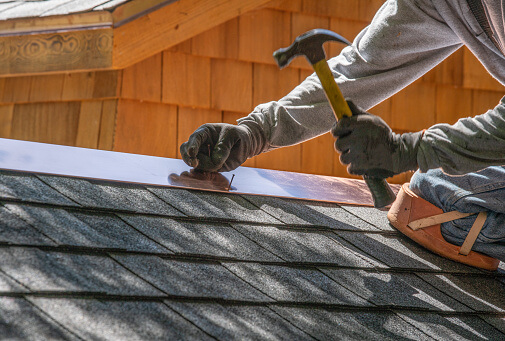Waterproofing is a vital process that protects structures and materials from the damaging effects of water infiltration. Whether it’s a residential building, a commercial structure, or an industrial facility, water can cause significant damage if proper waterproofing measures are not in place. In this article, we will delve into the factors that influence the lifespan of waterproofing, common applications, the typical longevity of different materials, signs of deterioration, and the importance of maintenance and repair.
Factors Affecting the Lifespan of Waterproofing
The longevity of waterproofing depends on several key factors. Firstly, the type of waterproofing materials used plays a crucial role. There are various options available, such as bituminous membranes, polyurethane and acrylic coatings, and cementitious waterproofing. Each material has its own durability and resistance to wear and tear.
Equally important is the quality of installation. Proper installation techniques are essential for ensuring the effectiveness and longevity of waterproofing. Even the best materials can fail prematurely if they are not installed correctly. Therefore, hiring experienced professionals and adhering to recommended installation practices is crucial.
Environmental conditions also impact the lifespan of waterproofing. Temperature fluctuations, exposure to sunlight, rain, and humidity can all affect the integrity of the waterproofing materials. Underground waterproofing is particularly vulnerable to soil conditions, as certain types of soils may contain corrosive substances that deteriorate the waterproofing over time.
Common Waterproofing Applications
Waterproofing is applied in various settings to protect structures and materials from water damage. In residential buildings, it is commonly used in basements and foundations to prevent water seepage and moisture buildup. Waterproofing is also crucial for roofs and terraces to shield the building from rain and weather elements.
Commercial and industrial structures also require robust waterproofing solutions. Concrete structures, such as bridges or parking decks, benefit from waterproofing to prevent corrosion and structural damage caused by water infiltration.
Typical Lifespan of Waterproofing Materials
The lifespan of waterproofing materials varies depending on the type used. Bituminous waterproofing membranes, known for their durability, can last anywhere from 10 to 30 years, depending on the quality of the product and installation. Factors such as exposure to UV rays and extreme temperatures can affect their longevity.
Polyurethane and acrylic coatings are popular choices for their flexibility and resistance to weathering. These coatings typically last around 5 to 10 years, but regular maintenance and recoating can extend their lifespan.
Cementitious waterproofing coatings, which are applied as a thin layer on concrete surfaces, have a lifespan of around 10 to 15 years. However, the quality of application and the presence of cracks or defects in the concrete can impact their effectiveness.
Signs of Waterproofing Deterioration
Over time, waterproofing may deteriorate, compromising its ability to keep water out. Visual indications of water damage, such as mold growth, discoloration, peeling paint, or wallpaper, often suggest a failure in the waterproofing system. Water seepage and leakage, evidenced by dampness, wet patches, or water intrusion through walls or ceilings, are clear signs that waterproofing requires attention.
Maintenance and Repair of Waterproofing
Regular inspections and maintenance practices are essential for prolonging the lifespan of waterproofing. Periodic inspections allow for the early detection of any issues or potential areas of concern. Simple maintenance routines, such as cleaning gutters, ensuring proper drainage, and addressing small cracks promptly, can significantly contribute to the longevity of waterproofing.
In the case of damaged waterproofing, repair options are available. Patching and reapplication techniques can address localized issues, while complex repairs may require professional assistance. It is crucial to address waterproofing problems promptly to prevent further damage to the structure and to maintain the effectiveness of the waterproofing system.
Conclusion
Waterproofing is a critical aspect of construction and maintenance that protects structures from water damage. The lifespan of waterproofing depends on factors such as the type of materials used, installation quality, and environmental conditions. Understanding the typical longevity of different waterproofing materials allows property owners to make informed decisions when selecting the appropriate solution.
Regular inspections, maintenance practices, and timely repairs are crucial for preserving the integrity of waterproofing systems. By addressing signs of deterioration promptly and implementing proactive maintenance routines, property owners can extend the lifespan of their waterproofing and avoid costly water-related damages.
Ultimately, the longevity of waterproofing depends on proactive maintenance, adherence to installation standards, and choosing the right materials for the specific application. Investing in high-quality waterproofing materials and professional installation services can significantly contribute to the durability and effectiveness of the system.


